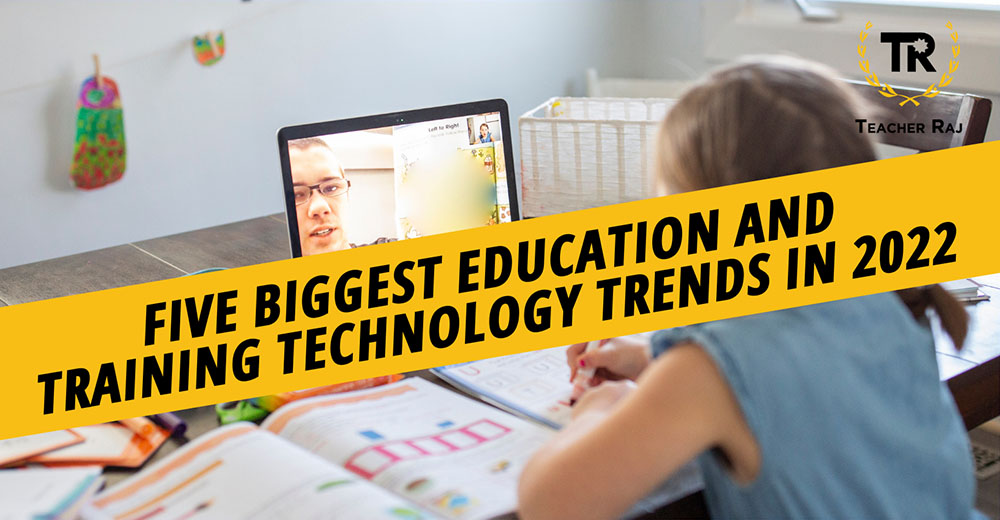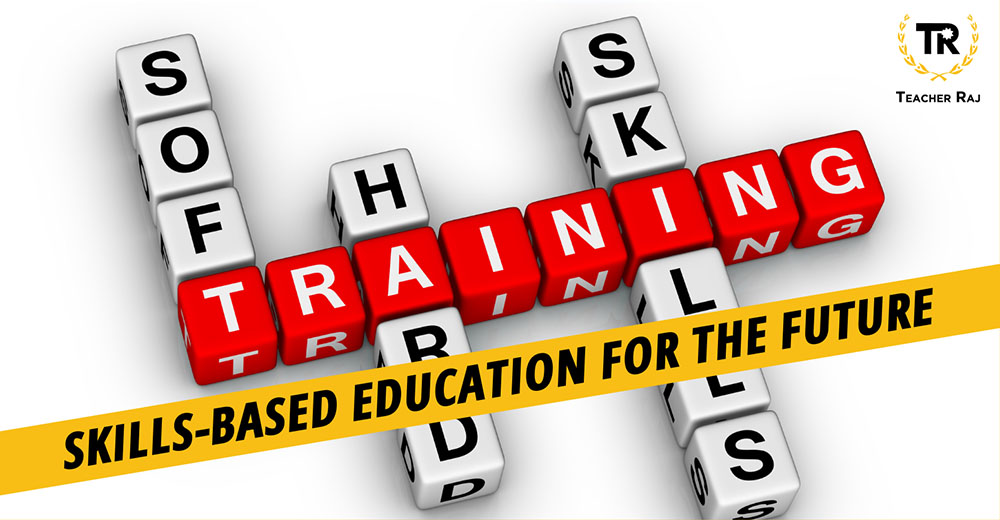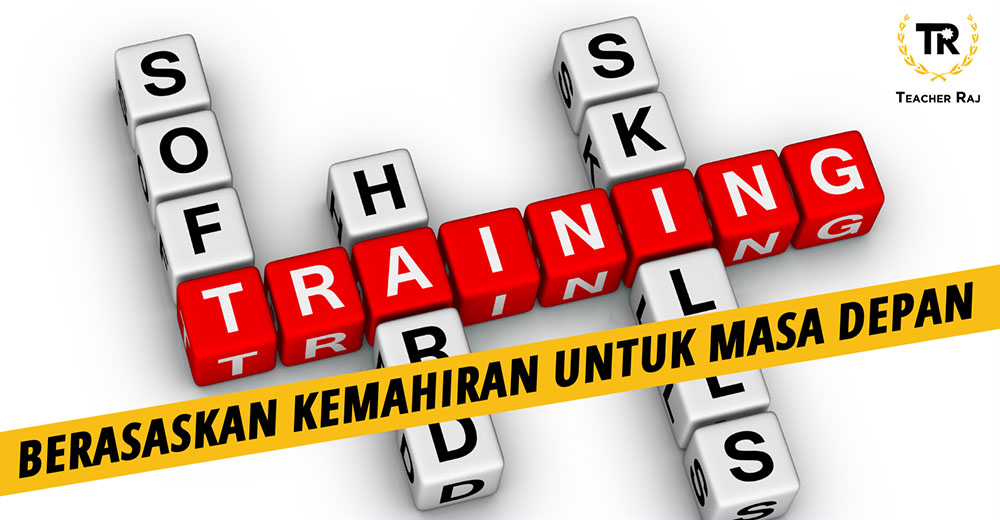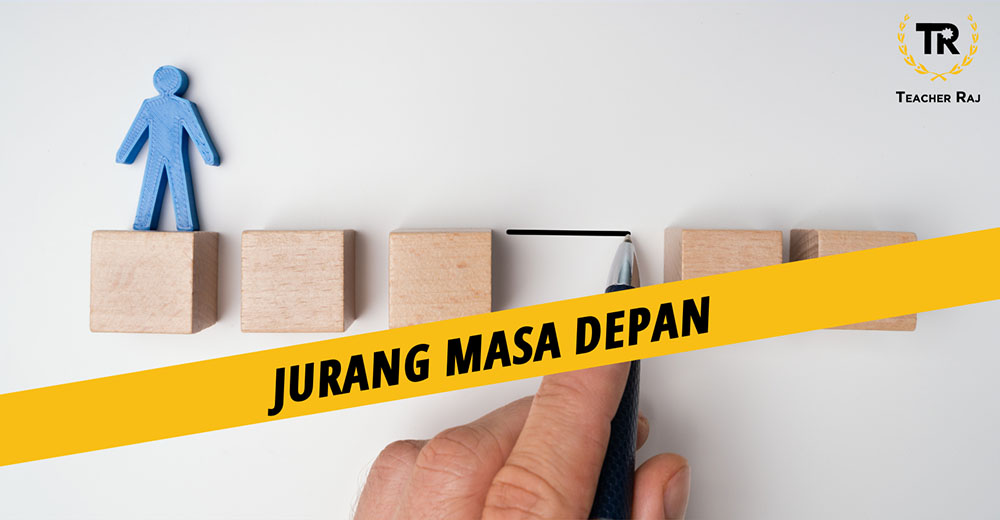The shift from learning and working in physical spaces to online platforms is one of the biggest shifts caused by the Covid-19 pandemic. And it is a change that will last for a long while more – we don’t see the necessity of it going away anytime soon.
This physical shift also requires a paradigm shift. Our former ways of learning and working are quickly fading and being replaced by newer methods, such as hybrid working and online learning. As such our approach to teaching and training has to change in tandem with the times.
‘The value of the educational technology (EdTech) sector is forecast to grow to $680 million by 2027’. This is significant, in the sense that the value and place of EdTech is growing and being cemented. The technology is expanding rapidly, allowing for more possibilities. Mobile applications, cloud computing, and AI are enabling us to reimagine education and the workplace.
I find this exciting. There is so much potential to unlock, so many resources to tap into. While we are still struggling with issues due to the pandemic, such as ensuring our children keep learning and our workplaces are resilient in unstable times, it is also exciting and promising times for EdTech.
Here Forbes has listed the main trends in the coming year – remote learning, lifelong learning, immersive learning technology (AR and VR), AI and automation in the classroom, and nano-learning. At SOLS we are already adapting technology to enable remote learning, with the benefits of AI and automation, and the spirit of nano-learning.
Education and learning should not, and must not, stop. We need to keep learning – we need to ensure our schools are meeting needs, and we need to keep our workplace equipped. It is the only way we can empower and equip ourselves to ride the waves of change.







